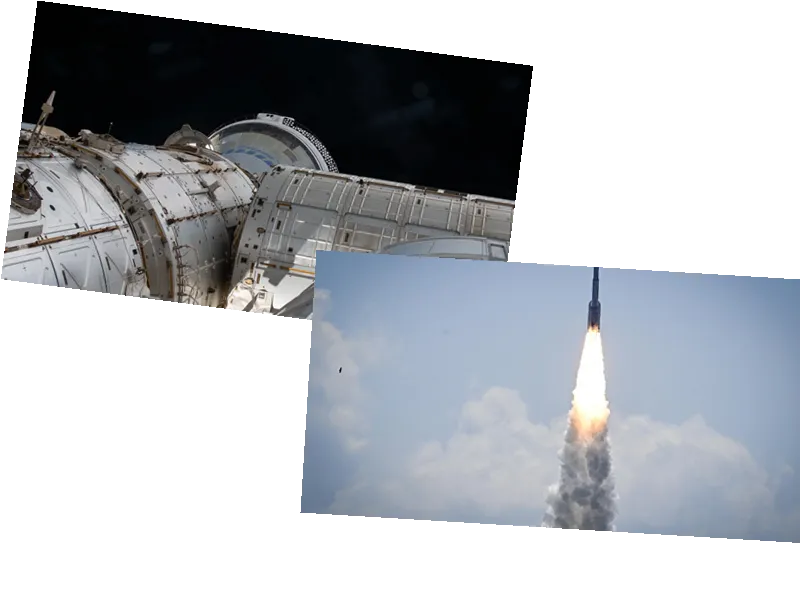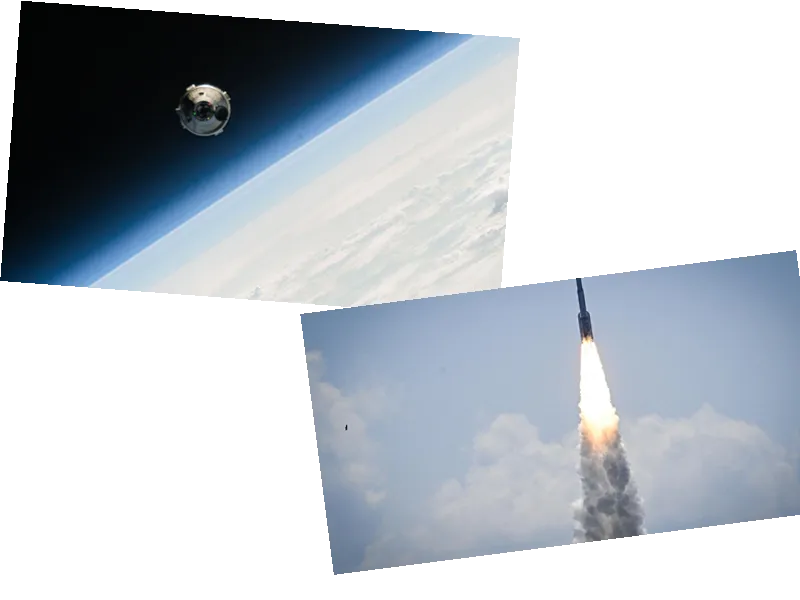Boeing's Starliner Set for Historic Crewed Launch to the ISS
Boeing is gearing up for its crucial inaugural crewed launch of the Starliner spacecraft, after experiencing multiple setbacks. Astronauts Butch Wilmore and Suni Williams, originally set to launch earlier this month before a helium leak was detected, are now prepared for their rescheduled mission. Named Calypso, in homage to Commander Cousteau, the capsule remains on the ground at Cape Canaveral, Florida, awaiting its second launch attempt set for Saturday at 12:25 p.m. ET (4:25 p.m. GMT). The event will be streamed live on NASA's website.
This mission is significant for several reasons. If the launch is successful, Starliner will dock with the International Space Station (ISS) around 5:50 p.m. GMT on Sunday. Aside from the astronauts, the spacecraft will carry urgent equipment needed to fix the ISS's water recycling system, which had a pump failure earlier this week. This equipment will improve the system used to recycle astronauts' urine into water.
The Starliner, propelling itself on an Atlas V rocket provided by United Launch Alliance (ULA), faces heightened scrutiny given Boeing's history with the spacecraft. A previous uncrewed test in 2019 failed, as the spacecraft couldn't reach the correct trajectory and had to return. Further issues in 2021 with blocked valves delayed another attempt. Eventually, the empty vehicle achieved docking at ISS in May 2022, but challenges with parachutes during atmospheric re-entry were uncovered.
For Boeing, this mission is pivotal not only to demonstrate Starliner's safety but also to diversify NASA's options for ISS crew transport. Following the retirement of Space Shuttles in 2011, NASA relied on Russian Soyuz spacecraft until contracts worth $4.2 billion with Boeing and $2.6 billion with SpaceX were signed in 2014 for crewed space vehicles. SpaceX's Dragon spacecraft has been operational for this role since 2020, adding pressure on Boeing to succeed.
High-risk elements still exist despite repair efforts. The helium leak detected in the spacecraft's service module remains unresolved due to the complexity and risk of disassembling the entire vessel. NASA's Steve Stich confirmed confidence in managing the leak during flight but acknowledged it remains a delicate operation. Notably, a design vulnerability in the propulsion system resulted in NASA and Boeing working with the supplier to find alternative methods for deorbit burns should thrusters fail post-launch.
Both Wilmore and Williams are seasoned astronauts, selected for this mission based on their extensive backgrounds as military test pilots and experience in both experimental flights and space missions. Williams will make history as the first woman to embark on a maiden voyage of a U.S. manned spacecraft. She has accumulated 322 days in space, completing activities like a triathlon and running the Boston Marathon from the space station.
Wilmore, with 178 days in space and four spacewalks, brings his extensive flight experience, including over 8,000 hours on tactical reactors, benefiting the mission. His inspirational belief in the capacity to 'aspire to do whatever you set your mind to' reflects the resilience and dedication both astronauts epitomize.
- The Starliner spacecraft's success could mark a new chapter for Boeing amidst ongoing challenges, including safety concerns in other projects. This mission is not only about technological achievements but also about restoring confidence in Boeing's capabilities in the aerospace sector.
- NASA Administrator Bill Nelson emphasized the historical significance of the Starliner launch, comparing it with other landmark U.S. space missions like Mercury, Gemini, Apollo, and the Space Shuttle program. Nelson’s remarks highlight the symbolic weight this mission carries for both Boeing and NASA.
- The duo’s preparation also sheds light on the broader requirements and intricate details involved in manned spaceflights. Their rigorous quarantine and simulation practices underline the critical focus on safety and precision necessary for a milestone mission of this nature.





